Published 1 SEP 2024
Ella Littwitz
Ontology of the Void
Opening – 11 SEP 2024, 6-9 pm
11 SEP 2024 until 26 OCT 2024
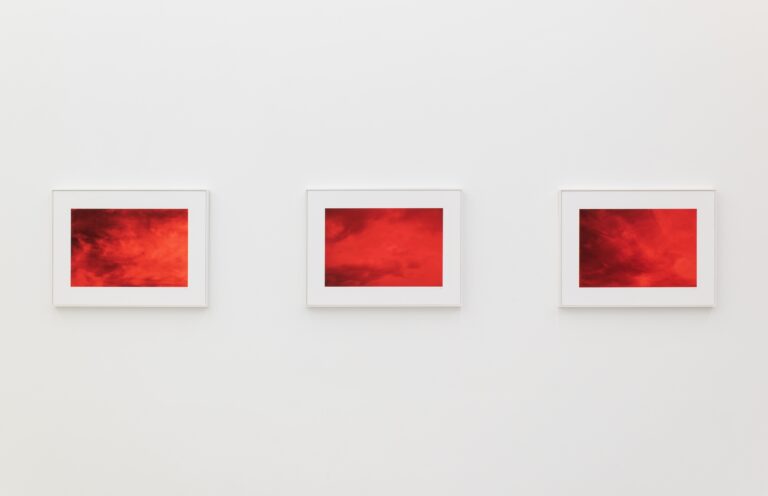
Installation view
In her work, Ella Littwitz explores the historical, geopolitical, and social connections between territories. For the exhibition Ontology of the Void, she turns her attention to the barren landscape surrounding the Dead Sea and Mount Sodom, continuing her journey along the Great Rift Valley. The exhibition references transformational processes that take place at both the micro and macro levels. Littwitz thus draws parallels between the invisible cellular activities within our bodies and the monumental geological shifts that have been unfolding over millennia—forces often ignored, yet culminating in dramatic changes. The works revolve around themes of destruction and disappearance. Littwitz’s deep interest in the invisible, that which lies beneath the surface, emerges throughout the exhibition, whether it be the unreachable depths of the Dead Sea, the 80-metre descent inside Mount Sodom or the radiation that is invisible to thehuman eye. By focusing on geographical and natural elements, Littwitz provides a structured way to navigate the personal, intertwining the vastness of the Earth’s transformations with the intimate processes of human life.
The entire exhibition is immersed in a red, personal light: A motif of the series The day the sky hung low is applied to one of the windows of the exhibition space. For this photographic series, Littwitz uses a digital camera modified to be sensitive to light beyond the humanly perceivable spectrum by removing its internal filters. Additionally, the artist applies a filter that blocks all wavelengths below the near-infrared, rendering the lens view completely dark. The photographs show the sky in a menacing, glowing red color. Below each photo is a time stamp indicating the time remaining until midnight, reminiscent of the symbolic Doomsday Clock, which measures the time until a possible end of being. Here, Littwitz transforms the invisible into a visual image that captures the metamorphosis of matter and impending catastrophe. The photographs were created in the context of her exposure to radiation, which led to the life-threatening illness. Liminality is emphasized by the work’s title dwelling in the in-betweenness of not only space but also time, and is characterized by the glowing light as day turns into night and night into day with the perpetual rotation of the Earth.
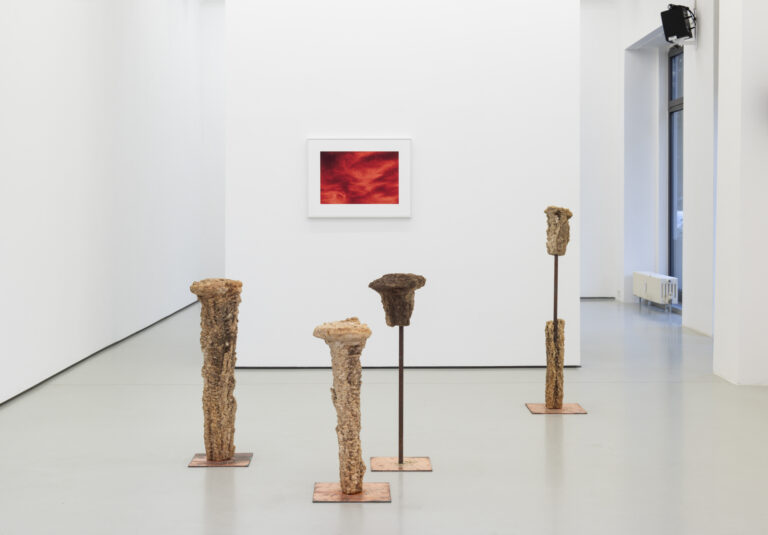
Installation view
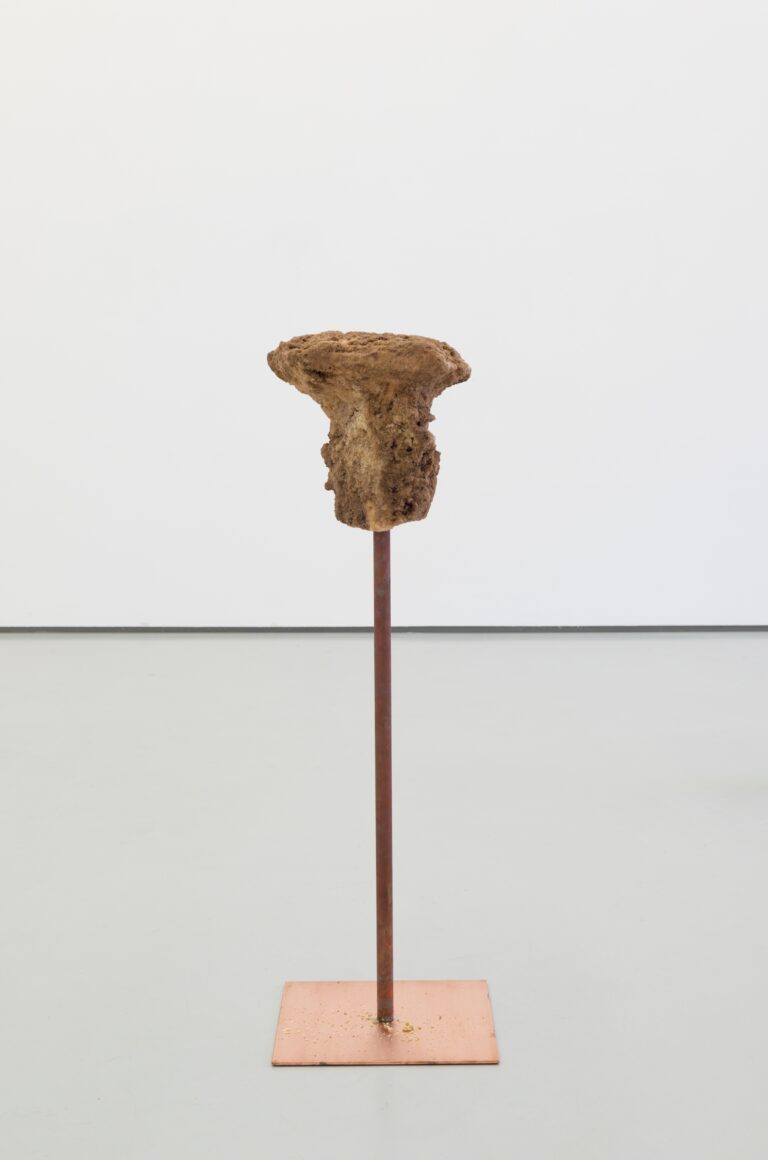
Ella Littwitz
Tear, 2023
Salt crystallization (from the Dead Sea), copper
93,5 x 27,6 x 27,3 cm
Photo: Marcus Schneider
Courtesy of the artist and alexander levy, Berlin
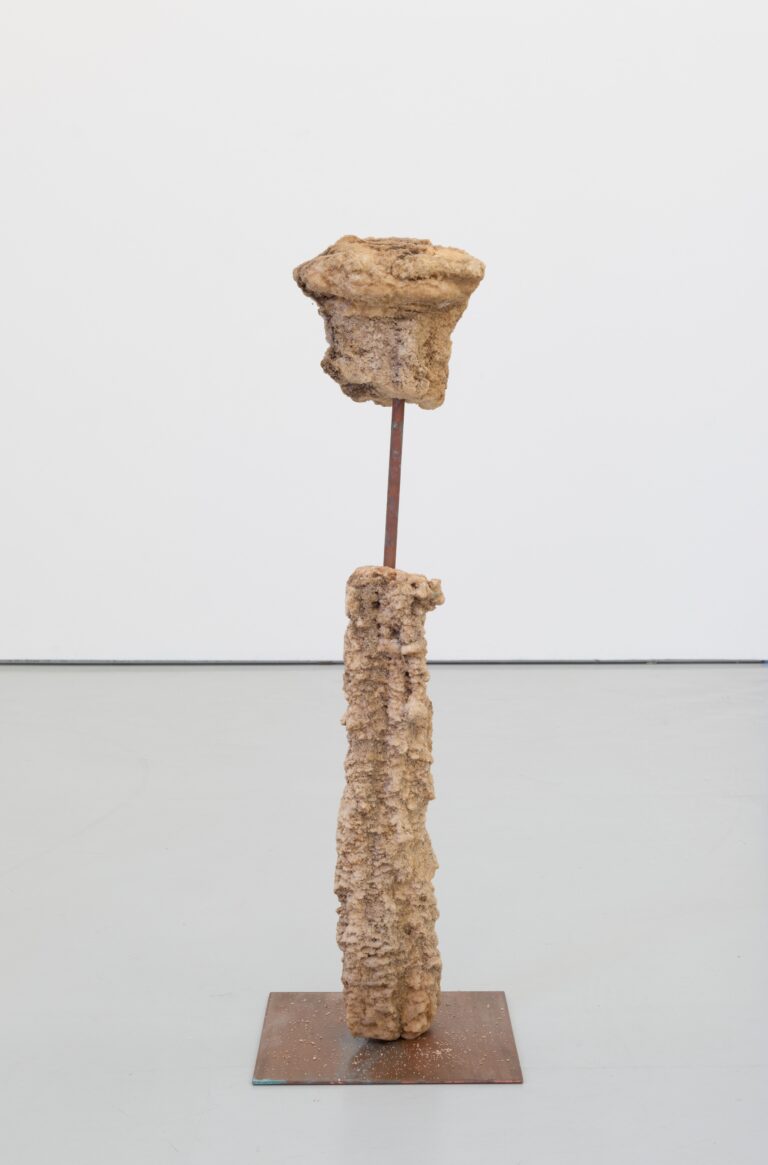
Ella Littwitz
Tear, 2023
Salt crystallization (from the Dead Sea), copper
105 x 24,2 x 26,5 cm
Photo: Marcus Schneider
Courtesy of the artist and alexander levy, Berlin
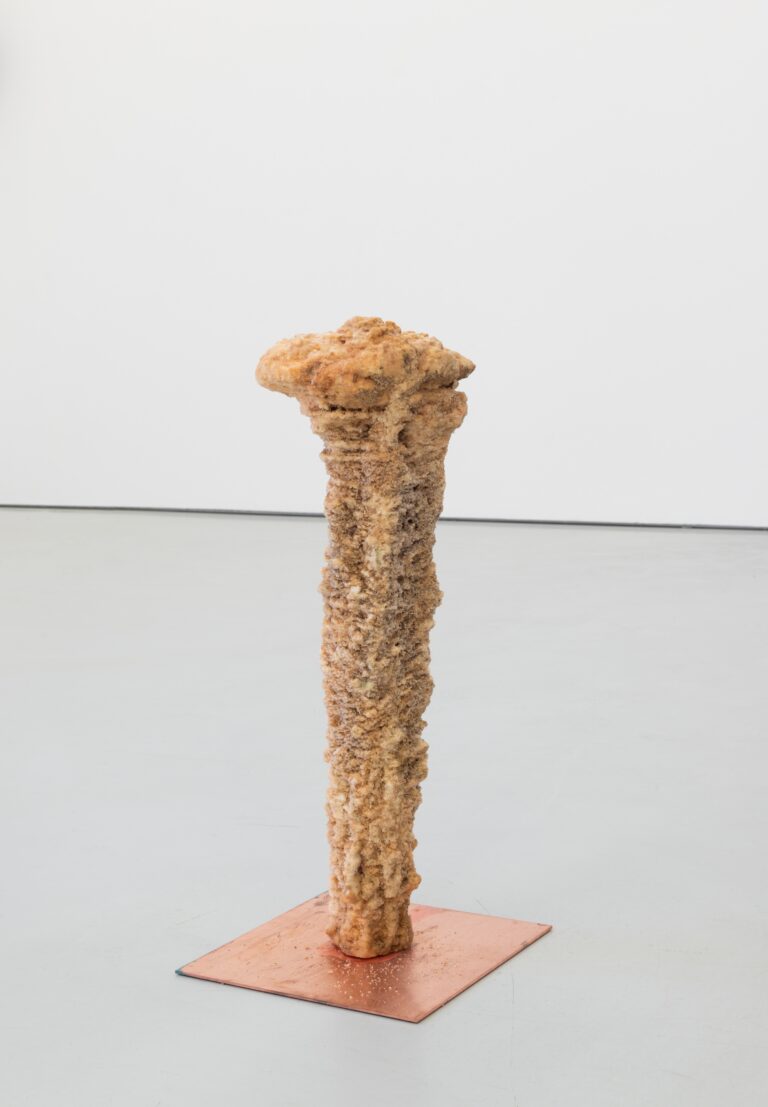
Ella Littwitz
Tear, 2023
Salt crystallization (from the Dead Sea), copper
77,4 x 25,5 x 24 cm
Photo: Marcus Schneider
Courtesy of the artist and alexander levy, Berlin
The sound installation For Chaos They Yearn by Ella Littwitz, commissioned by the Haifa Museum of Art, draws on an ancient Jewish scroll to create a soundscape that recounts themes of violence, destruction, and reconciliation. The War Scroll, one of seven ancient Jewish manuscripts discovered in 1947 in a cave near the Dead Sea, was written by a mystical Jewish sect shortly before the fall of the Second Temple and the beginning of the Jewish diaspora. Inspired by eschatological prophecy, Littwitz reflects on this ancient concept that remains painfully relevant in contemporary reality.
The scroll describes a war between the sons of light and the sons of darkness, culminating in the victory of the sons of light and the eradication of evil. The text is orchestrated by the sounds of trumpets, which signal both the choreography of the war and serve as a conduit to call upon God or the higher realms. These haunting sounds, which play a significant role in Jewish mysticism, reverberate throughout the installation, creating an atmosphere of both imminent danger and hope. The 4-channel sound installation tangibly reinforces one’s sense of corporeal presence and location within the space, immersing the audience in this profound narrative ofdestruction and redemption.
In the work Longing, Littwitz uses a crack that she has extracted as cast from the landscape. This crack isn’t tied to any specific place; instead, it represents an emotional rupture that emerged after October 7th. The bronze sculpture captures this tear, symbolizing the deep trenches that can open up in both our inner and outer worlds. The emptiness of the broken ground is filled by the bronze material, creating a reversal: what was once a void now becomes solid. Littwitz thus expresses the tension between the stable, solid structure of the metal and the fragility of the crack, revealing the fundamental emotional and geological rifts that shape us. Longing reflects the evolving relationship with the earth—soil that now feels unstable and unfamiliar to Ella Littwitz. What if a visible crack on the surface indicates a much larger deep, hidden crack within? Through “Longing,” Littwitz expresses this profound sense of dislocation and the anxiety that arises when the familiar becomes alien, and when the very ground beneath us no longer feels secure.
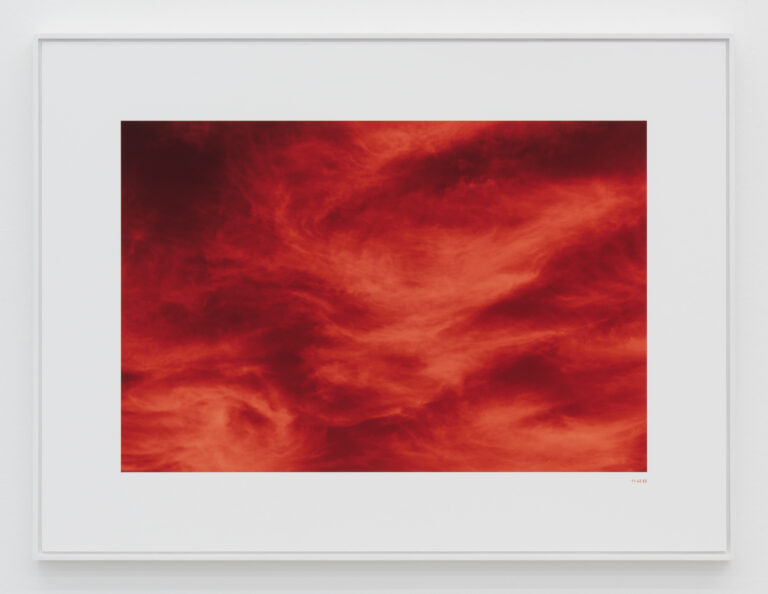
Ella Littwitz
11 h 43 min and 3 sec to midnight, 2021
Electromagnetic radiation image, archival pigment print
61 x 80 x 5 cm
Photo: Marcus Schneider
Courtesy of the artist and alexander levy, Berlin
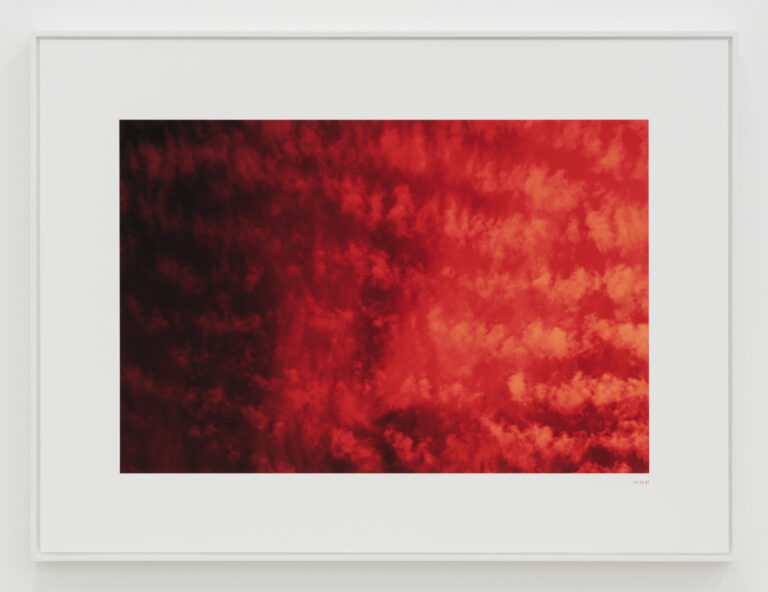
Ella Littwitz
16 h 5 min and 7 sec to midnight, 2021
Electromagnetic radiation image, archival pigment print
61 x 80 x 5 cm
Photo: Marcus Schneider
Courtesy of the artist and alexander levy, Berlin
In the series of works Tears by Ella Littwitz investigates the natural and metaphorical processes that take place beneath the surface of the Dead Sea. Salt crystals are formed from the groundwater seeping up through the seabed and meeting the salty seawater, creating a field of mushroom-like formations on the seabed. These “salt mushrooms” are harvested by Littwitz and placed on copper plates, where they continue to absorb and release salty water – like tears flowing from wounds in the earth. These tears oxidize as they slowly flow over the red copper, turning the metal deep shades of blue and green. Having been uprooted from their place of origin, these salt mushrooms look like mourners. The sculptures are subject to an ongoing process of dissolution and transformation. Littwitz gives tangible form to the invisible but powerful forces that shape our existence, creating a poetic link between the natural phenomena of the Dead Sea and the human experience of loss and longing.
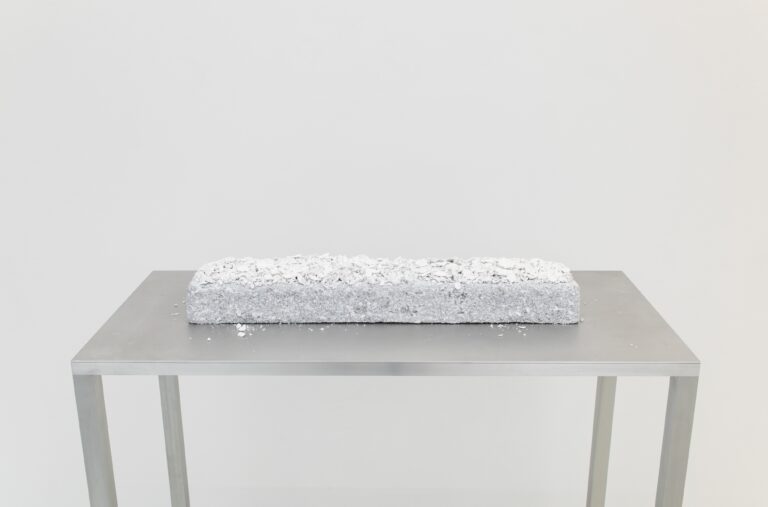
Ella Littwitz
Exhale, 2023
Magnesium ingot
62 x 12,5 x 9 cm
Photo: Marcus Schneider
Courtesy of the artist and alexander levy, Berlin
Descending into the lower exhibition space, Ella Littwitz takes us further into the depths of the Dead Sea. The video Ontology of the Void, which gives the exhibition its title, focuses on the often invisible geological processes that take place in this region and links them to present-day conflicts. In the work, we see how a remote-controlled vehicle places a magnesium ingot extracted from the Dead Sea back to its original source, where it gradually dissolves. This return to the natural cycle illustrates the transience of human intervention and the unstoppable force of nature. We also follow the artist as she descends into a narrow cave shaft in Mount Sodom. Shot with a 360-degree camera, these images create a sense of temporal and spatial distortion, as if Littwitz were floating in an intermediate world. During the descent, a voice narrates the story of the biblical mountain Sodom, a symbol of moral and physical destruction. We observe the accumulation of potash, another material extracted from the waters of the Dead Sea, and are thus confronted with the destructive effect of human exploitation. The Dead Sea, once a metaphor for the impossibility of life in extreme conditions, is itself becoming a prophetic warning in view of its increasing exploitation and rapid demise.
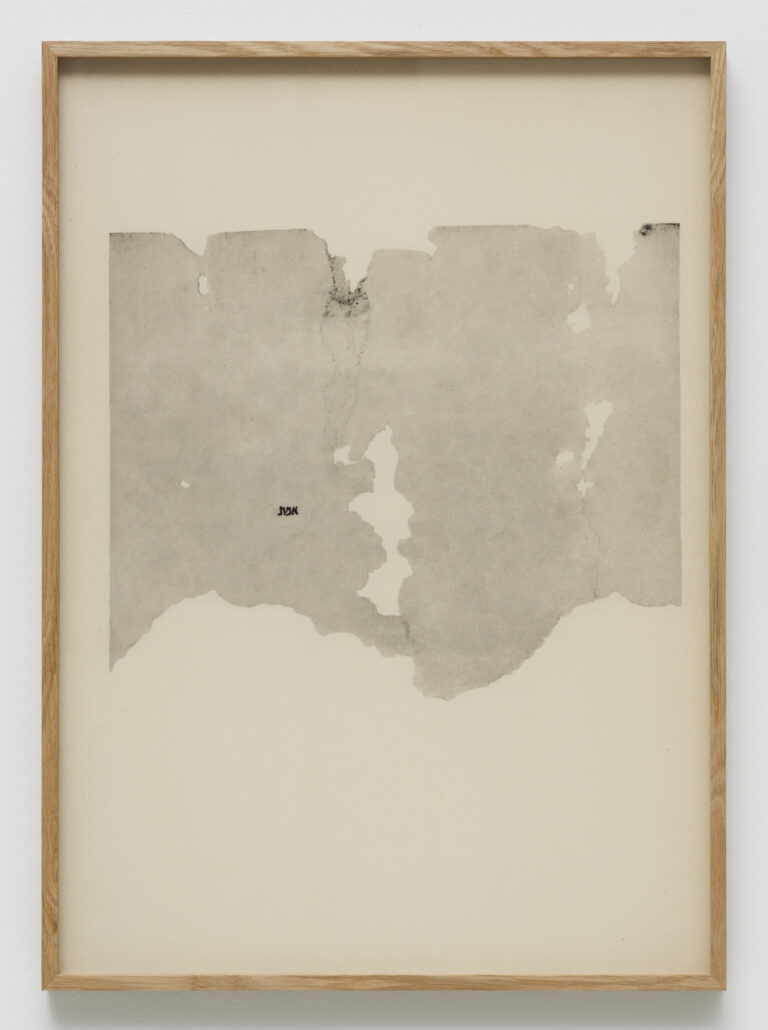
Ella Littwitz
The War Scroll (Truth), 2024
Archival pigment print
72 x 52 cm
Edition of 5 + 1 A.P.
Photo: Marcus Schneider
Courtesy of the artist and alexander levy, Berlin
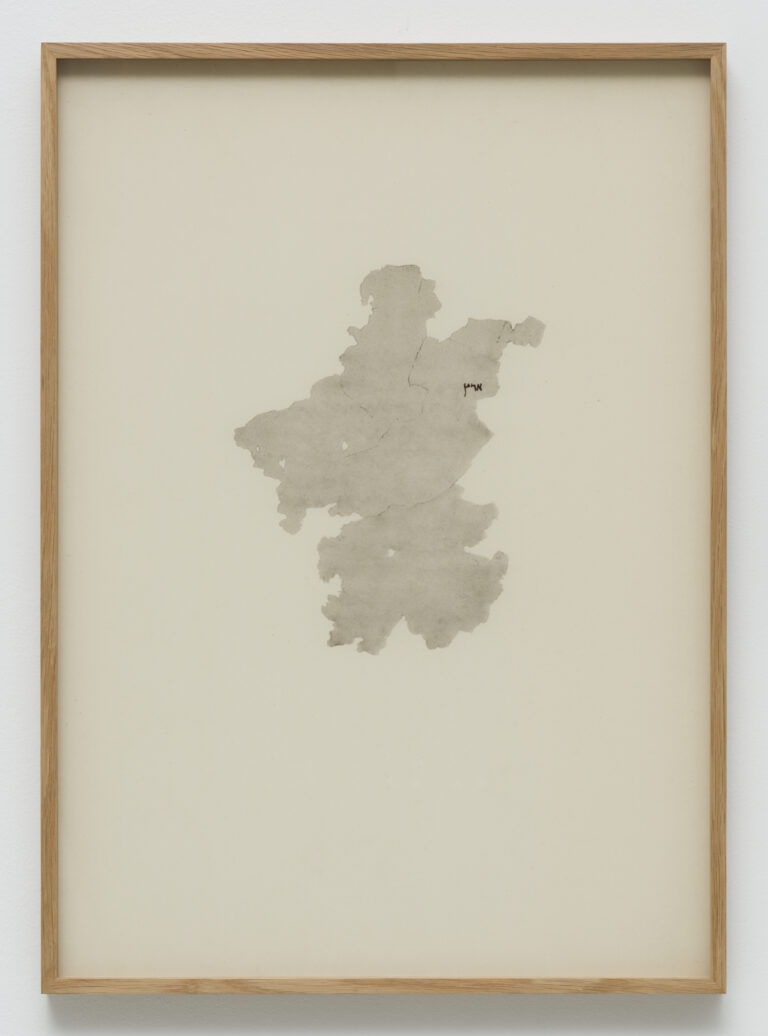
Ella Littwitz
The War Scroll (Land), 2024
Archival pigment print
72 x 52 cm
Edition of 5 + 1 A.P.
Photo: Marcus Schneider
Courtesy of the artist and alexander levy, Berlin
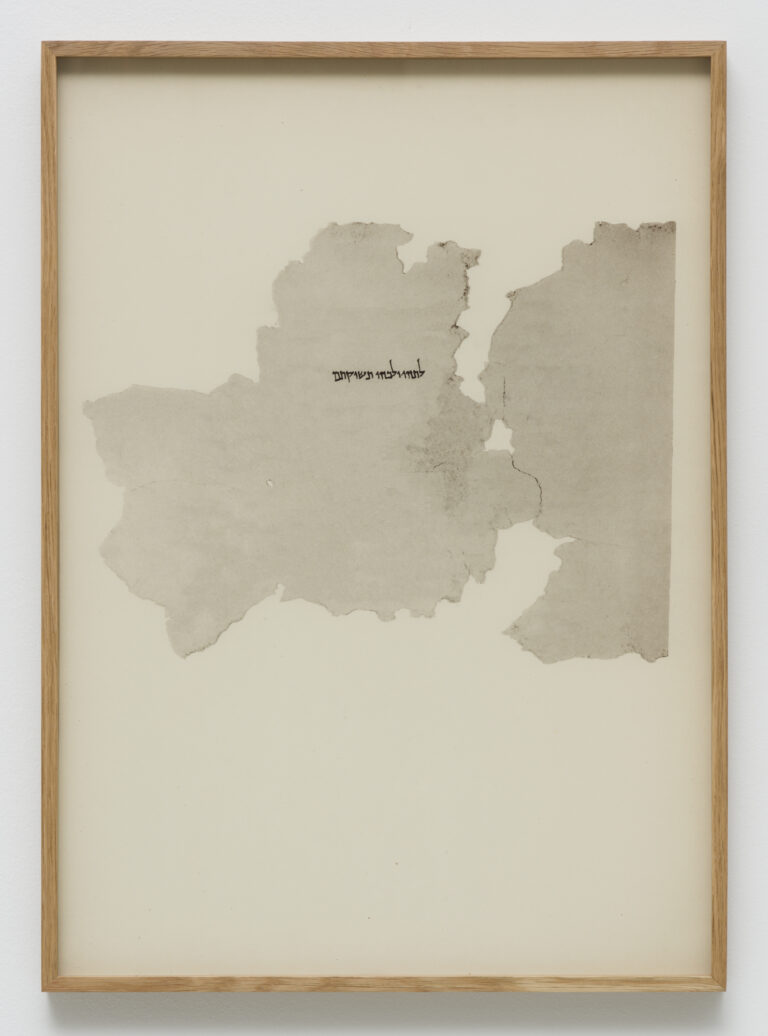
Ella Littwitz
The War Scroll (For Chaos They Yearn), 2024
Archival pigment print
72 x 52 cm
Edition of 5 + 1 A.P.
Photo: Marcus Schneider
Courtesy of the artist and alexander levy, Berlin
